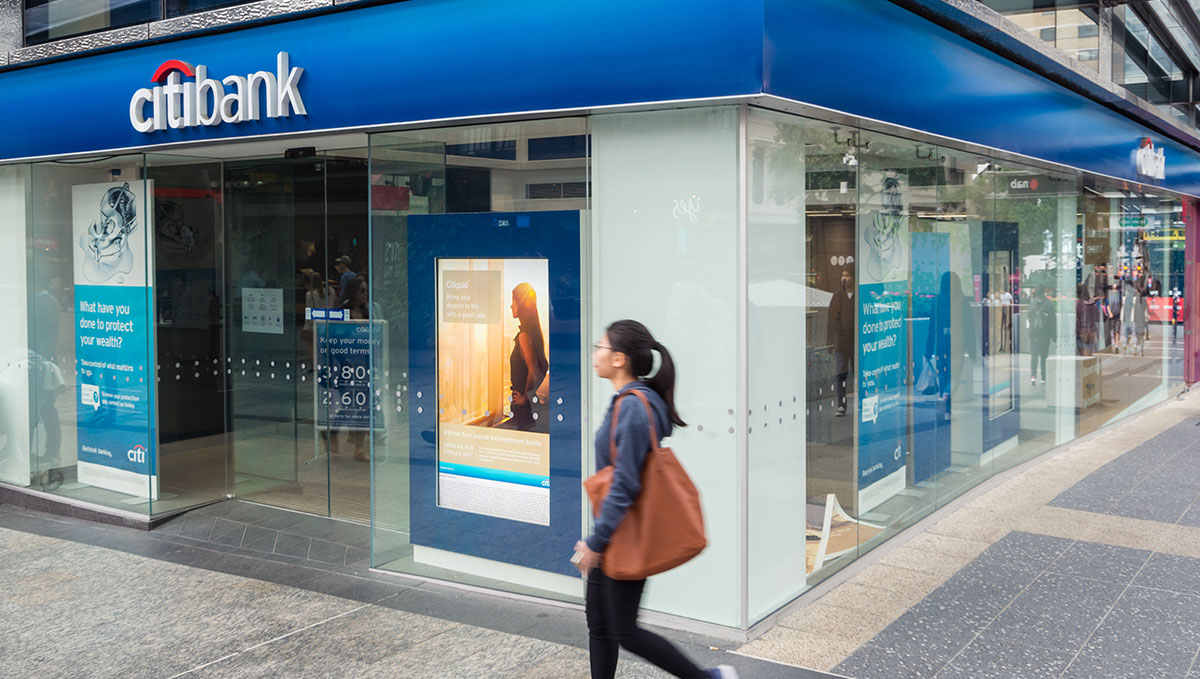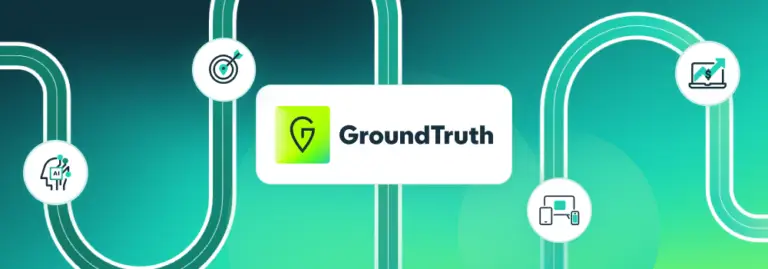When you look at bank branch trends, you might think that bank branches aren’t relevant any more in a digital world, but you’d be wrong. While the number of bank branches in many regions continues to decline, Deloitte research shows that branches are still relevant.
According to Deloitte, around the world, customers still prefer to visit branches for both simple transactions like opening new accounts, and more complex ones, like applying for loans.
Yet, more than half of your customers are likely banking online as well. That means bankers and tellers have far less direct contact with customers, making it harder to retain or increase customer loyalty.
It’s not a lost cause, though. Bankers and tellers CAN stay relevant to their customers through media and advertising, but to do it, they’ll need a different bank branch marketing approach that brings together the information they have on both offline and online visits.
Why Offline Visitation is Still Important
Here’s the issue with using online data only: you’re only getting half the picture about what your customers are doing. You’ll learn about their online banking behavior and their purchases, but there’s a whole lot more you’ll miss.
GroundTruth’s report on financial services foot traffic trends shows that 42% of consumers return to physical banks at least once a month. Leveraging that data can help with customer segmentation in banking, so you understand customers’ bank branch preferences, including:
- How often they visit your branches
- Which branches are most convenient for them
- Whether they also visit competitor branches
In addition, consider the circumstances of an individual who consistently banks in person at a competitor’s bank. That person probably isn’t searching online for banking information, and may not even use social media. So, if you want to win that person as a new customer, you’ve only got a couple of options: cookie-based retargeting (online) or location-based targeting.
How to Use Location Data in Financial Services
GroundTruth’s customers tend to use location data in two ways. First, we use offline location-based data to reach potential new customers. Targeted promotions increase brand awareness, and encourage prospective customers to visit the bank’s website or branches. Second, we measure branch visits to give valuable data for future marketing.
Some ways to do this effectively include:
- Creating audiences of people who frequent competitor banks, based on location and behavior
- Using proximity targeting to show ads to people who are close to your bank
- Combining offline location data with CRM data or third-party online data
- Showing appropriate promotions based on the weather
This data helps improve customer segmentation in banking, to create a more relevant, personalized, and effective ads and promotions. This in turn makes it easier to reach new customers and retain the loyalty of existing ones.
Examples of Customer Segmentation in Financial Services
There are a few different ways GroundTruth can help with customer segmentation in the banking sector.
You can identify users categorized as “In-Market for Auto”. These are people who’ve recently visited an auto lot and are likely looking to buy a car. Banks can offer car loans to potential customers within this segment, using targeted ads to encourage branch or website visits.
If you focus on visitors to real estate offices, you can identify people looking to sell or buy homes. This would allow you to offer mortgage deals or home improvement loans as needed.
Direct mail is still widely used in banking and financial services to target promotions to people in particular locations. Using location data can make this even more effective.
The bottom line is that financial services brands can use location data effectively to target both online and offline customers with relevant ads and promotions. Sign up for our Ads Manager platform to get started.





